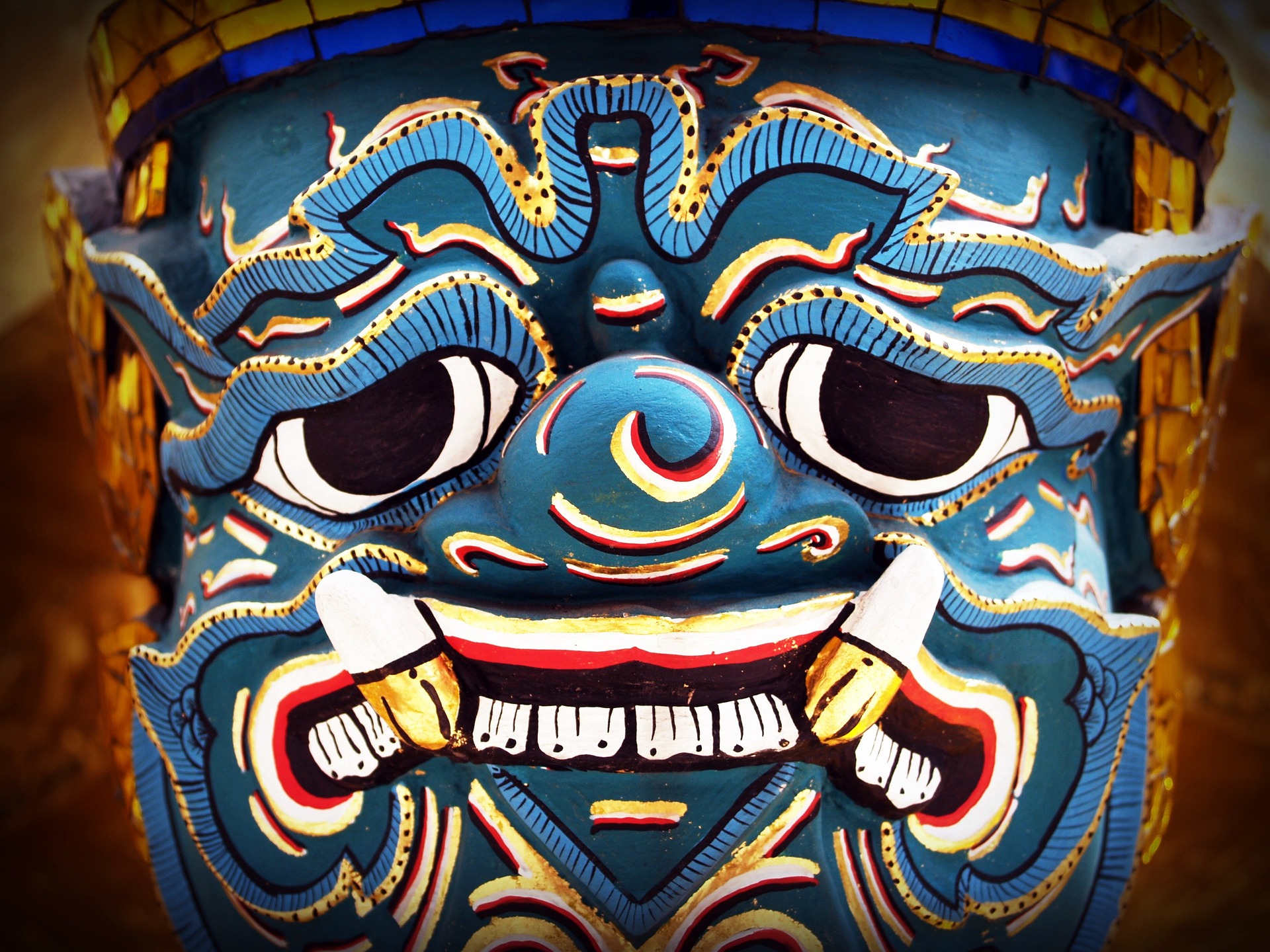Rattanakosin Kingdom Siam Thailand

The Rattanakosin Kingdom was a Thai kingdom that lasted from 1782 to 1932. It was founded by King Rama I, who established Bangkok as the new capital of Siam. The kingdom was characterized by a strong monarchy and a focus on centralization, modernization, and cultural preservation.
Under the rule of the Chakri dynasty, which continues to reign in Thailand to this day, the Rattanakosin Kingdom saw significant cultural and economic growth. The kingdom’s temples and art were built in a distinctive style that emphasized colorful and ornate architecture, such as the famous Grand Palace and Wat Phra Kaew (Temple of the Emerald Buddha). The kingdom also saw significant expansion and modernization of infrastructure, including the construction of roads and canals.
The Rattanakosin Kingdom’s international trade and cultural exchange continued to be celebrated during this period. Thailand became a center for international commerce, with trade routes connecting the kingdom to China, Japan, India, and Europe. The kingdom also saw the emergence of a vibrant and diverse culture, with influences from neighboring kingdoms, as well as from China, India, and Europe.
Throughout its history, the Rattanakosin Kingdom was characterized by a strong monarchy, with the king serving as the head of state and symbol of the nation. The Chakri dynasty played a key role in shaping the kingdom’s political and cultural identity, and their legacy is still visible today in the art, architecture, language, and culture of modern-day Thailand.
In 1932, the Rattanakosin Kingdom was transformed into a constitutional monarchy, with the king serving as a figurehead and the government operating under a parliamentary system. Despite this change, the legacy of the Rattanakosin Kingdom continues to be celebrated in Thailand today, with many of its temples, art, and cultural traditions preserved as national treasures.
